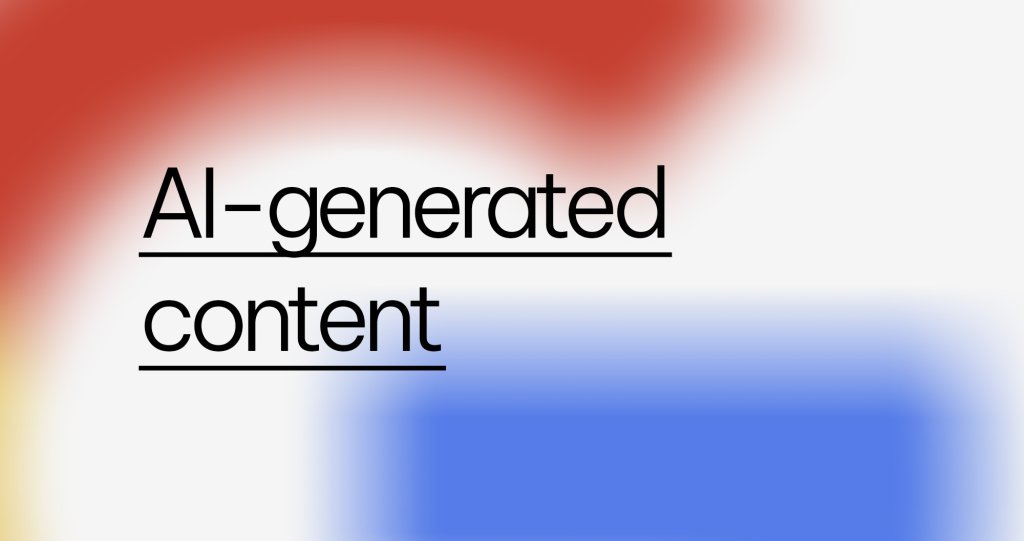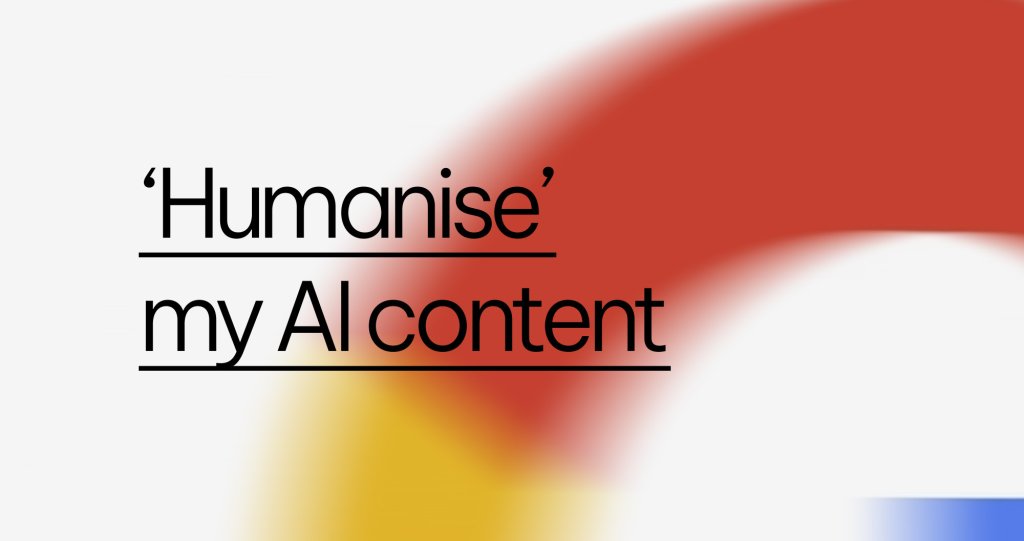The March 2025 Google core update is Google’s most significant move yet in its ongoing push for better, more relevant content. After months of behind-the-scenes tweaks, this update makes it clear: quality and authenticity are the new SEO currency.
This rollout is “designed to better surface relevant, satisfying content for searchers.
According to Google the update is “designed to better surface relevant, satisfying content for searchers”, and aims to prioritise creators through a series of improvements throughout the year.
In other words, we’re entering an era of:
Increased scrutiny of AI-generated content
More weight given to content backed by real-world authority
A stronger focus on originality and a human point of view.
That last point - human - is key. More on that in a moment.
What still harms your Google rankings?

Before we get to the AI stuff, let’s not forget the usual culprits that continue to drag down rankings:
Slow page load speed
We’re an impatient bunch. If a page lags, users bounce — and that bounce rate sends warning signs to Google. Mobile performance matters even more, and poor Core Web Vitals (speed, interactivity, visual stability) can knock you down the rankings.
The speed at which Googlebot can crawl your site is also a factor as Google uses a ‘crawl budget’. The longer it takes your site to load, the fewer pages Google can crawl in the allocated time frame.
Non-responsive design
Google introduced its Mobile First Approach back in 2018. If your site isn’t optimised for smaller screens, you’re fighting an uphill battle. As of February 2025, approx. 63% of all internet traffic globally was via mobile devices. In the UK this is slightly higher at 65%. So you can’t afford to ignore it.
Missing or duplicate metadata
Meta titles and descriptions help Google (and users) understand your pages. Missing them? You’re less likely to show up. Duplicating them? You risk confusing search engines and losing visibility.
Ensuring you add meta page titles and descriptions at the correct character length, including relevant key words, can also help to boost your visibility on Google. And don’t forget to make sure to add descriptions to all your images too (known as “alt tags”).
Technical SEO issues
From broken links to crawl errors and clunky URL structures, technical issues quietly erode your site’s effectiveness. Use tools like Google Search Console, Ahrefs, Screaming Frog, SEMrush and Moz Pro to stay on top of it.
But now, in addition to all of the above and more, Google is paying particular attention to AI-generated content.
Will AI-generated content be penalised by Google?

Ah, the big one. Is Google penalising AI-generated content?
Not exactly. But it is tightening its standards.
Used well, AI can be an incredibly useful tool to support your ideas and streamline content creation. But, left unchecked, AI output tends to lack the one thing Google’s now placing front and centre: human input.
This is where that word from earlier comes back into play: humanised.
We’re not saying that you shouldn’t use AI to help generate content for your website, or that the slightest whiff of an AI-bot will make you drop like a stone in search rankings. What we are saying is that any information developed in this way has to be evaluated by ‘human’ judgement and expertise to develop authority and trust, both from search engines and the very ‘real’ people who you ultimately want to engage with the content you have created.
What does ‘humanised’ content look like?
Google’s own guidance encourages “helpful, reliable, people-first content.” It asks creators to consider questions like:
Does the content offer a full, insightful perspective on the topic?
Does it show real-world knowledge and experience?
Would a reader trust this content — and the person or brand behind it?
In short: Is this content worth someone’s time?
How to humanise your content (with or without AI)

If you’re using AI to support content creation - and let’s be honest, most of us are - the key is how you finish the work.
So, what should you be focusing on?
Demonstrate expertise
Prove you know your stuff. Don’t just repeat what others have said, add your own perspective. Use topic clusters to explore ideas in depth.
For example here’s another article we created recently about AI - ‘Why our brains and AI are the perfect double act’
Use E-E-A-T principles:
That’s Experience, Expertise, Authoritativeness and Trustworthiness. Google loves content that ticks all four boxes.
Use detailed references and sources.
Add in links to external articles that support your line of argument.
Show the humans behind the content
Quote internal experts. Link to team bios. Share personal stories or hands-on experiences.
Write how you speak: Lose the robotic tone. Be clear, natural, and if appropriate, inject a bit of personality. Think about how you’d explain the topic at a networking event, then write it that way.
Add your own personal style. Be witty or add a touch of humour as this could help connect with the reader - if the subject matter warrants it, of course.
Keep it fresh
Update regularly. Reference new developments. Show you’re engaged in your field.
So, where does this leave us?
The March 2025 update reinforces what good marketers already know: the best content is made for people, not just algorithms.
Google isn’t out to punish AI users, but it is rewarding content that feels real, insightful, and trustworthy.
That means keeping your site technically sound, your content current, and your voice unmistakably human.
PS. This article was written by me (a human), with some help from ChatGPT for research.
If you’d like to speak with a real person about improving your content or boosting your site’s visibility, get in touch. We’d love to talk.






















